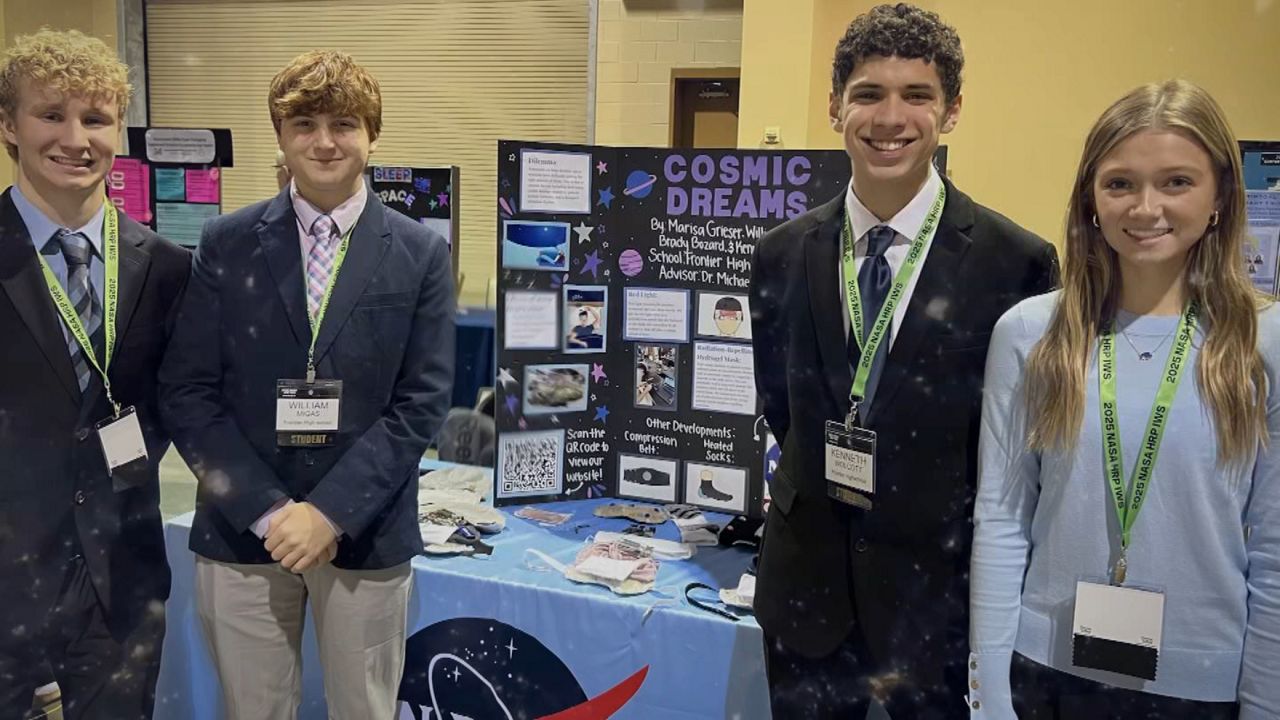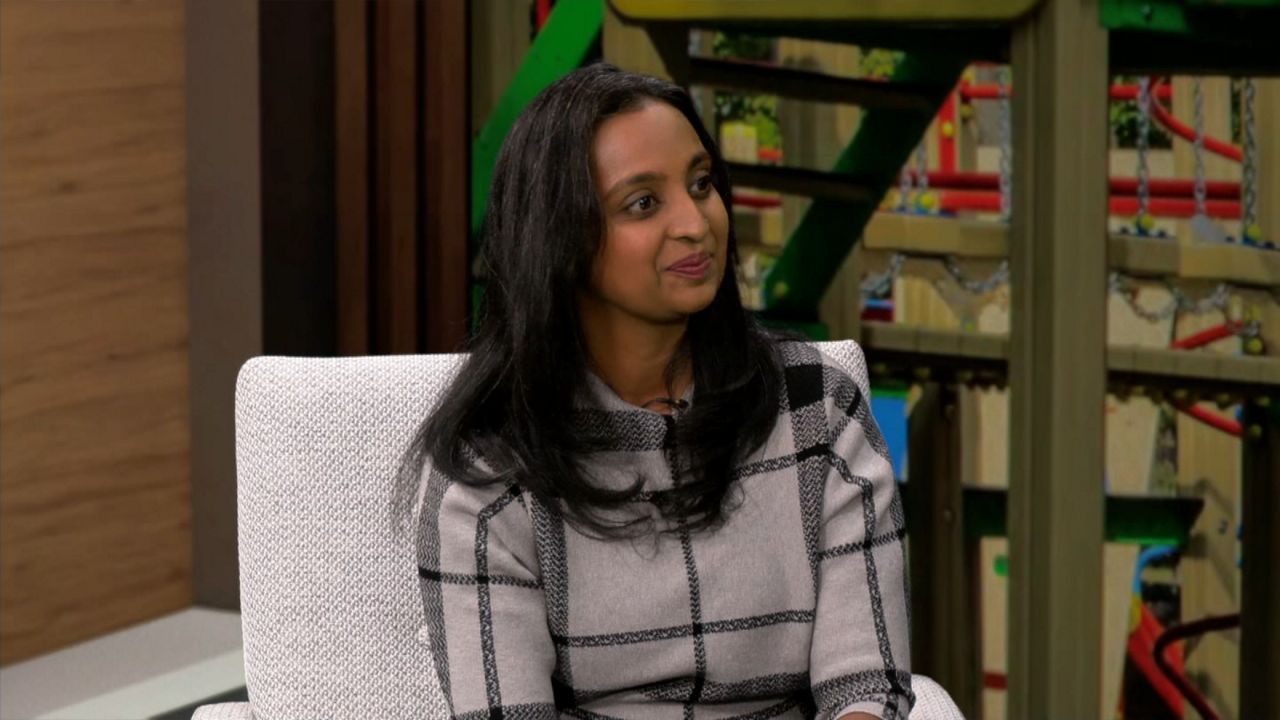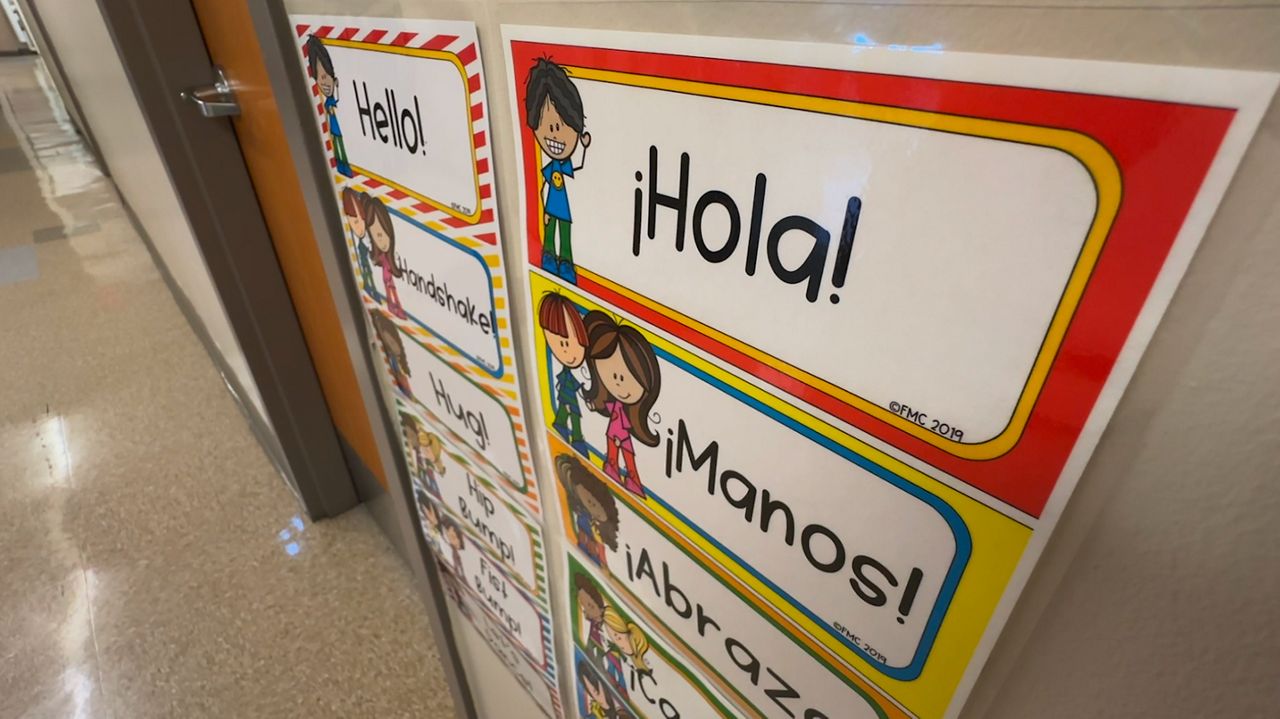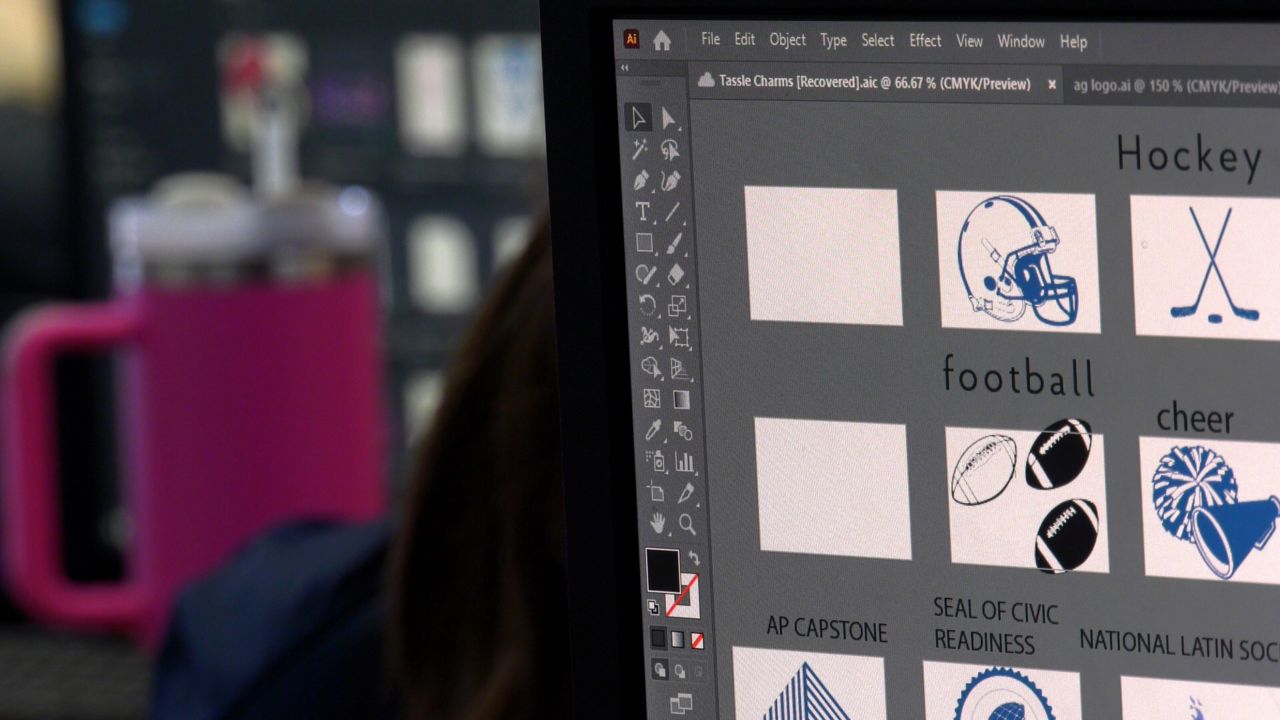April is National Deaf History Month, and in Western New York, St. Mary’s School for the Deaf is emphasizing teaching deaf history.
A teacher there lost her hearing at the age of 3 due to a high fever. Now, as an American Sign Language educator, Pamela Rohring is looking to make life easier for people who also live without their sense of hearing.
"There's many differences between hearing culture and deaf culture, you know?" said Rohring. "Hearing people, they would, through sound, call people and it uses language and spoken language. Deaf people, some can hear if they have hearing aids or cochlear implants, but, you know, generally it's more visual, using gestures and touch and that that's included in deaf culture, all of those traits."
Rohring says Deaf History Month is a time to raise awareness of the Deaf community on a national level.
"Focusing from April 1 - April 30, the whole month for everybody to really focus on what does deaf culture mean? Who are deaf people?" said Rohring.
Rohring says it’s important to have a school for the deaf because it allows students to have direct communication in sign language with other students.
"You know, deaf, hard of hearing, implanted with cochlear implant students, if they were to go to a mainstream environment or public school, you know, in the past where would they go? Historically, where did they, go?" asked Rohring. "But, you know, now they have an interpreter. But here, you can learn directly from the students' teachers, the assistant signs, the principal signs, everybody signs fluently with the children, whereas you wouldn't have that in a school not for the Deaf. Our students here have opportunities such as playing sports, being involved in the community in different ways. You know, they don't, maybe wouldn't have that chance at a bigger school."
Rohring says her family didn’t know what to do with her as a deaf child and they didn’t know much about deaf education either. Three years after her diagnosis, she began to attend St. Mary’s School for the Deaf and it was her first exposure to sign language.
"Everything was so new to me," said Rohring. "I had been used to doing speech and lip reading and trying to hear everyone and watch their mouths. But now, look who I am now. I graduated from here, I went to Gallaudet. I moved back to teach here and I think it's important for our kids to know about Deaf and hard-of-hearing history. ASL American sign language."
She says it can be tough to balance the hearing world and the deaf world.
"So I think what the most important thing for me is if you water the flowers, they'll grow. You know, and it's just like for children," Rohring said. "It's so important for children to grow up and with deaf role models, whether they're deaf, hard of hearing, but see that they can do anything."
Aimee Bell, the associate principal for the middle and high school at St. Mary’s, says there’s always an opportunity to learn more about the Deaf community, Deaf history and Deaf culture, beyond National Deaf History Month.
"If you are interested in learning sign, there are classes available either at your local community college or through agencies like Deaf Access Services," said Bell. "You can take sign classes and learn more about Deaf language, culture [and] history. And that can help you to communicate with people you might meet in the community who are deaf."
Bell was a big help in putting together this story. She is the one who translated the conversation with Rohring.
Rohring says using the term “hearing-impaired” isn’t appropriate in the Deaf community because it’s not a one-size-fits-all term. A person could be deaf, hard of hearing or have hearing loss.
Rohring says it’s important to ask the person you’re interacting with which term they’d prefer you use.










